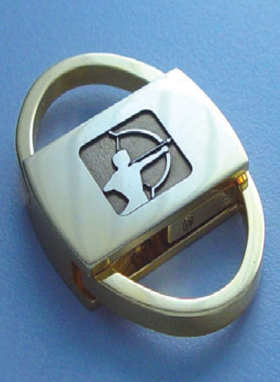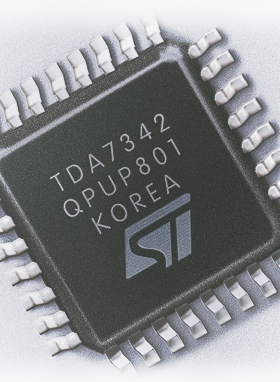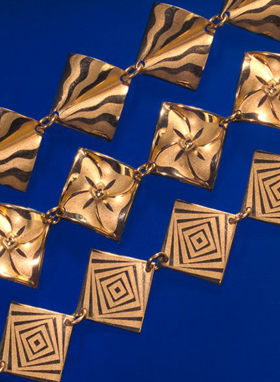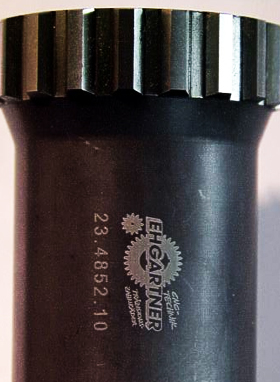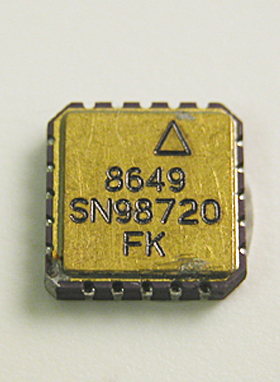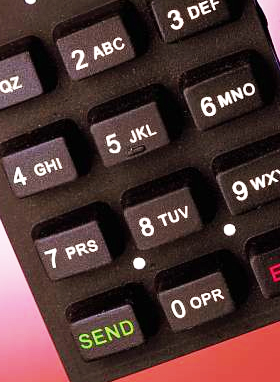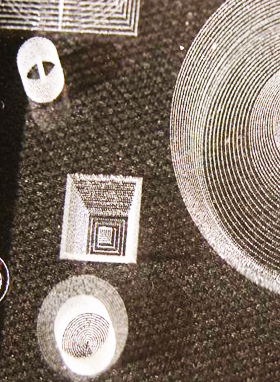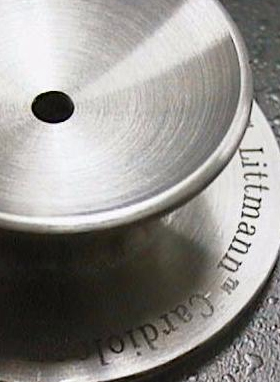Services
Laser Application Services. Marking and Engraving.- Marking on PET Material
- Marking on PBT Material
- Nylon with Glass Powder
- Mold Compound with Nickel Coating
- PCB and Epoxy Substrate
- Marking on Poly Carbonate Material
- Marking on Steel
- Marking on Polymer
- Marking on Epoxy Compound
- Nickel Plated IC Frame
- Mold Compound
- Marking on Saphire Wafer
- Substrates Laminates
Markings on Bearings and other metals including Brass from letting to graphic design.
Marking on plastic components such as Buckle, and other plastic parts.
- Markings on Plastic Laminates
- Markings on Microscope Holder
- Markings and Graphic design for Jewelry for Gold, White Gold and Silver.
On the other hand, we denounce with righteous indignation and dislike men who are so beguiled and demoralized by the charms of pleasure of the moment, so blinded by desire, that they cannot foresee the pain and trouble that are bound to ensue.
On the other hand, we denounce with righteous indignation and dislike men who are so beguiled and demoralized by the charms of pleasure of the moment, so blinded by desire, that they cannot foresee the pain and trouble that are bound to ensue.
The great experience DPSSL technologies have generated the most comprehensive product portfolio in the Market place offering solutions at different wavelengths including INFRARED, GREEN, and UV.
FEATURES
- First in its class Laser Peak Power
- INFRARED, GREEN, UV wavelength for Optimum marking results on different type of material.
- Excellent beam quality and marking accuracy.
CO2 Technology provides permanent marking for industrial traceability and coding applications offering good marking quality, increased productivity in a clean working environment.
FEATURES
- Excellent on Paper, Cardboard, Wood and Plastics.
- Marking on Fly compatible with accelerated and start-stop system.
- Suitable for Coding on medium-high throughput productions lines.
The state of the art technology combined with +15 Years of experience in laser marking Application have developed the most compact fiber laser offering benefits for ease of use, ease of installation, high consumption efficiency.
FEATURES
- Ultra Compact Marking Head for ease of installation.
- Low Electrical Power Consumption and High Efficiency.
- Excellent on Metal and Plastic Surface.
- Other Laser Service Application
- Surface Annealing
- Thermal Marking
- Ablation
- Surface Etching
- Surface and Deep Engraving
- 3D Engraving
- Laser Finishing
- Internal Marking
Surface Annealing
The ability to draw carbon and/or oxides from the base material to get a contrasting mark. Marking by this process has the advantage of not disrupting the surface of the material. This is important in applications like medical implants or other applications where smooth, undamaged surface is important as well as contrast.
Thermal Marking
Controlled application of heat (by varying laser parameters) to certain materials resulting in color variations with an embossed effect.
Ablation
Ablating refers to the process of removing a coating, paint, or other surface treatment from a base
material to create a contrast without damaging the base material.
This is typically done with anodized
aluminum, painted steel or coated plastic.
Surface Etching
The ability to change the surface finish of a metal thus altering its reflectivity, in turn enhancing contrast. Penetration depth is typically no more than 0.0001” (.00254 mm). This process is probably the most common form of laser marking. This technique has considerable advantage of speed.
Surface and Deep Engraving
Surface engraving is the vaporization of base material sufficient to produce depth required, typically from .0001” (.00254 mm) to .005” (.127 mm).
Laser deep engravers perform a highly specialized engraving process resulting in deeper and faster material penetration/removal coupled with ultra-fine details and finishes, which cannot be achieved by mechanical means or by other standard laser systems.
Laser Finishing
The specialized application of laser pulses on a surface to create specific textures that can range from smooth to heavily textured.
Internal Marking
Images are created below the surface without any damage to the surface on a transparent material. The high intensity in the focus of a laser beam gives rise to non-linear absorption phenomena within transparent material. As a result, microscopic cracks are generated on a narrowly localized spot, which makes the spot look white by multiple light reflections.
Our Laser Service Application
Richetec INC. Laser Marking and Engraving systems are the ultimate tools with which you will be able to take advantage of all possibilities in marking and engraving applications. Richetec INC. marking and engraving systems incorporate its own rugged industrial laser systems that have been designed specifically to meet the demands of laser material processing.
Available laser systems can be either lamp-pumped or diode-pumped and deliver either
infrared, green or ultraviolet laser light, depending upon the materials to be processed and the precise
result desired.
“Excellence Remembered Trust Inspired”

